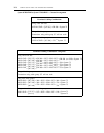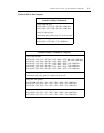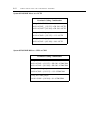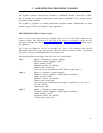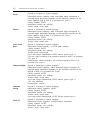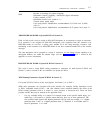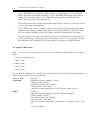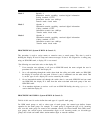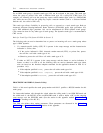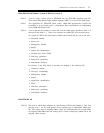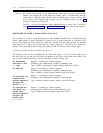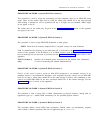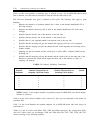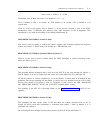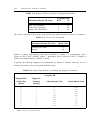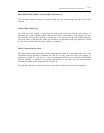
C-6
ADMINSTRATIVE PROCEDURE SUMMARY
For an ISDN trunk group, a dynamic trunk type (120) can be assigned to the group. This trunk type
allows the group to process calls with a different trunk type on a call-by-call (CBC) basis. For
example, one incoming call over the group may expect station number digits (such as a MEGACOM
call), while the next call over the group may expect a network number (such as a Software Defined
Network call, also called a SDN call).
This trunk type allows flexibility in processing calls as opposed to a static trunk type. Both an
Automatic Alternate Routing/Automatic Route Selection (AAR/ARS) prefix digit (procedure 103)
and a DID additional digit (procedure 101) can be administered for ISDN dynamic trunk groups.
(This cannot be done for any other type of trunk group.) The dynamic trunk type is recommended in
CBC service.
Rules for Trunk Type 120 (System 85 R2V4 & Generic 2)
The following rules are used to determine how to process an incoming call over a trunk group whose
type is ISDN dynamic:
1.
2.
If a network-specific facility (NSF) IE is present in the setup message and the feature/service
indication is service, then:
●
●
If the service indicated is SDN, electronic tandem network (ETN), or private line, process
the call like a call with a trunk type of 46.
Otherwise, process the call like a call with a trunk type of 31.
If either an NSF IE is present in the setup message and the feature or service indication is
feature, or there is no NSF at all, the following rules are used to determine trunk type (these
rules are based on the interface endpoint translated for the applicable channel in field 10 of
procedure 116):
●
●
●
If the endpoint specified is PBX, process the call with a trunk type of 41.
If the endpoint specified is host computer, process the call with a trunk type of 108.
If the endpoint specified is network, process the call with a trunk type of 31.
PROCEDURE 100 WORD 2 (Generic 2 Only)
Field 1 of this word specifies the trunk group number and field 2 specifies a BCCOS number for this
trunk group.
For interworked tandem calls through the switch where the calling trunk is not ISDN-PRI trunk and
the called trunk is, the BCCOS of the non-ISDN-PRI trunk is used to define a BC for the outgoing
setup message over the ISDN-PRI trunk. (See the section in this appendix entitled Procedure 000
Word 3, for encodings of the BC IE. )
This COS also defines other routing parameters. These parameters are discussed in the Procedure
309 Word 5 and Procedure 321 Word 5 sections of this appendix.



